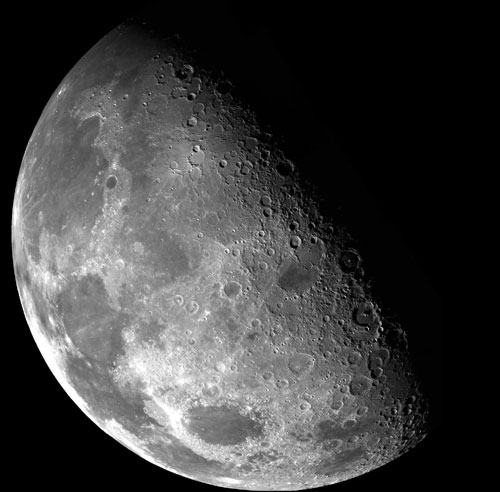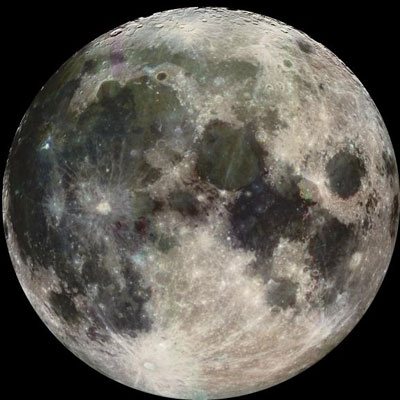The Moon:
Intro | Task | Process | Evaluation | Conclusion
Intro | Task | Process | Evaluation | Conclusion

In this lesson you (the students) will learn why the moon has phases and how it moves around the earth.
For this lesson you will work in groups and visit various stations around the room. These stations will help you to understand various aspects of the moon and the earth's relationship.
 evaluation
evaluationyou will be assessed by how well you complete the worksheets that accompany each web site. They will be collected and graded.
At the end of this lesson you will have learned the phases of the moon, the size of the moon, and why we see the phases the way we do.
This lesson addresses two of the science standards. Standard 2 dealing with models and scale, and 6 dealing with spatial relations.
Created by: Richard MacLeish
Alexander Hamilton High School
Elmsford, New York
Created: Oct 2000
Grade Level: 8-9